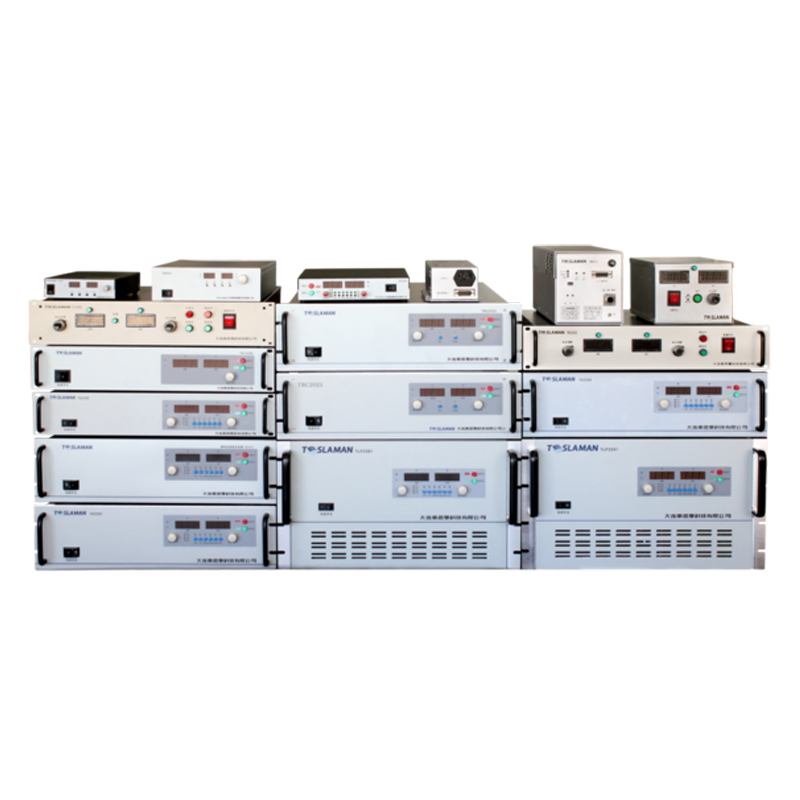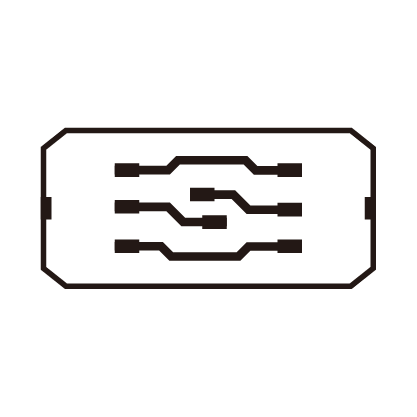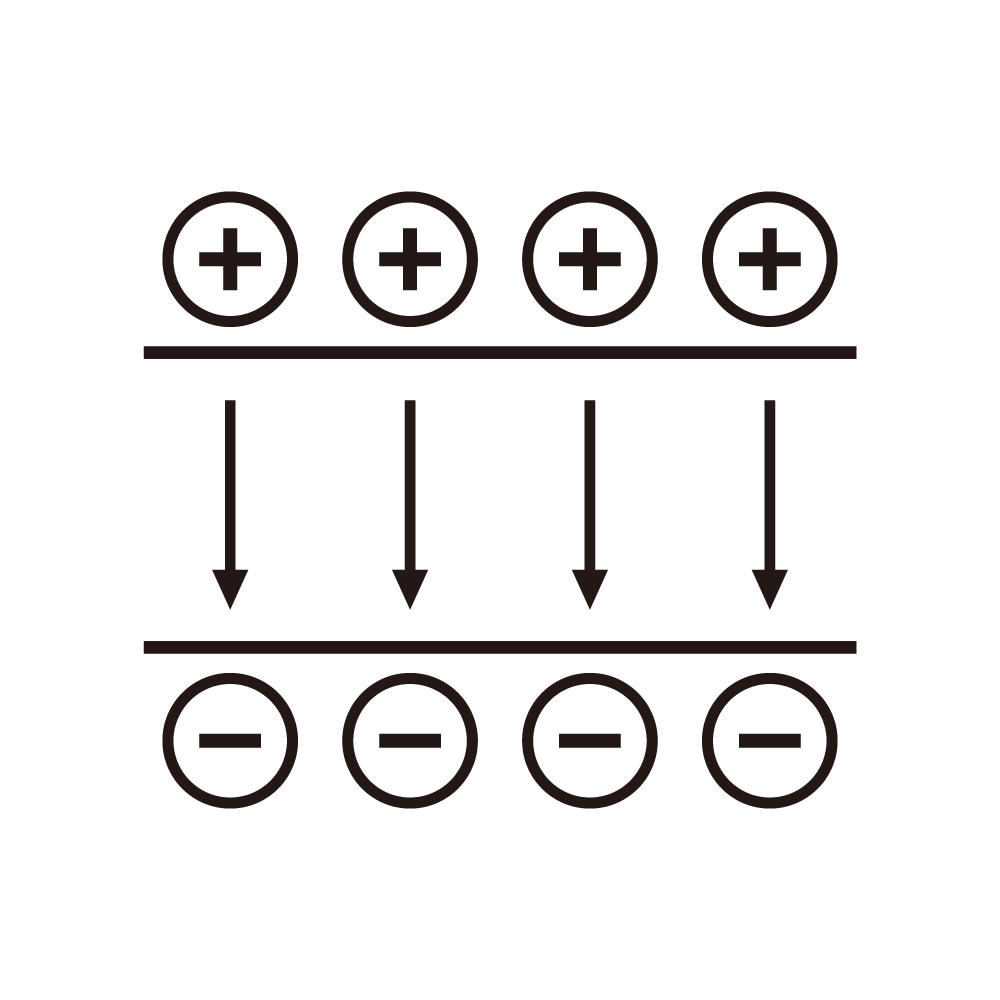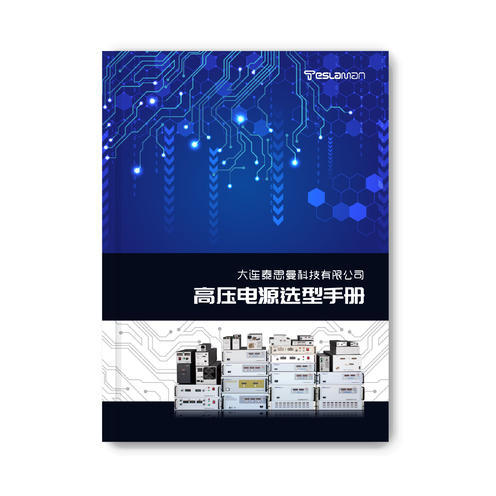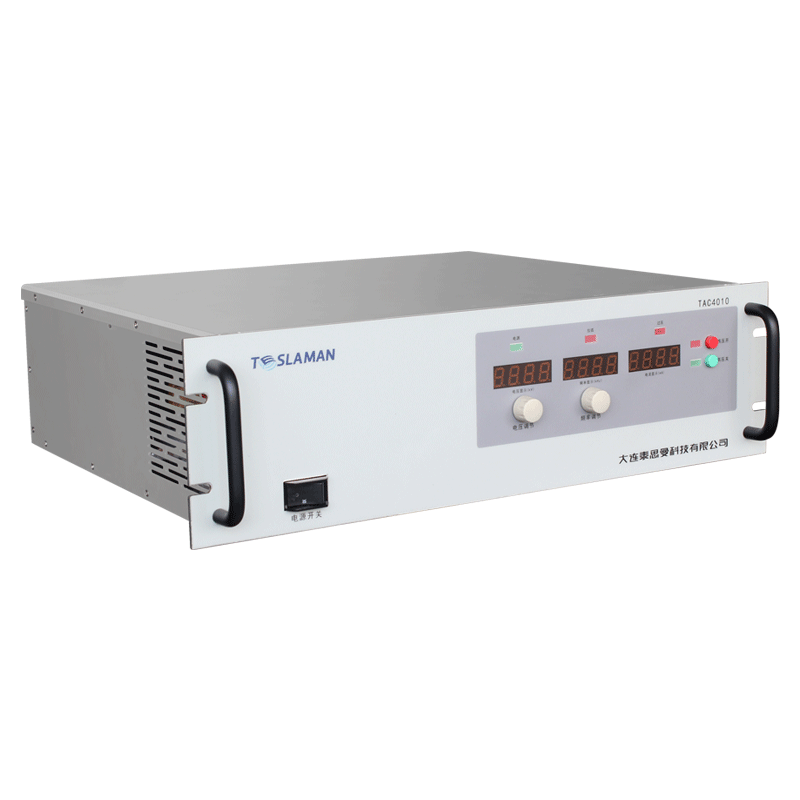High-Voltage Power Supply for Electroporation: Balancing Efficiency and Cell Viability
Electroporation is a key technique in gene transfection, drug delivery, and cellular research, temporarily increasing cell membrane permeability with high-intensity electric pulses to facilitate molecular uptake. The high-voltage power supply defines pulse amplitude, duration, frequency, and waveform stability, which collectively influence transfection efficiency and cell viability.
The supply must provide highly controllable pulse outputs with rise times in the nanosecond-to-microsecond range, ensuring accurate energy delivery while minimizing membrane damage. Voltage stability must be within 0.01% with minimal ripple. Multi-channel outputs allow customized electric fields for different cell populations or regions within a culture, optimizing individual conditions.
Closed-loop control monitors current and cellular responses in real time, dynamically adjusting pulse parameters to maximize membrane permeabilization while maintaining cell viability. Temperature monitoring and environmental adaptation further reduce heat-related damage, ensuring cells maintain normal function.
This precise voltage regulation enables reproducible and controllable electroporation processes, supporting high-efficiency gene delivery or drug uptake. Multi-parameter adjustments provide flexibility for various cell types and experimental conditions, optimizing the balance between efficiency and viability.
